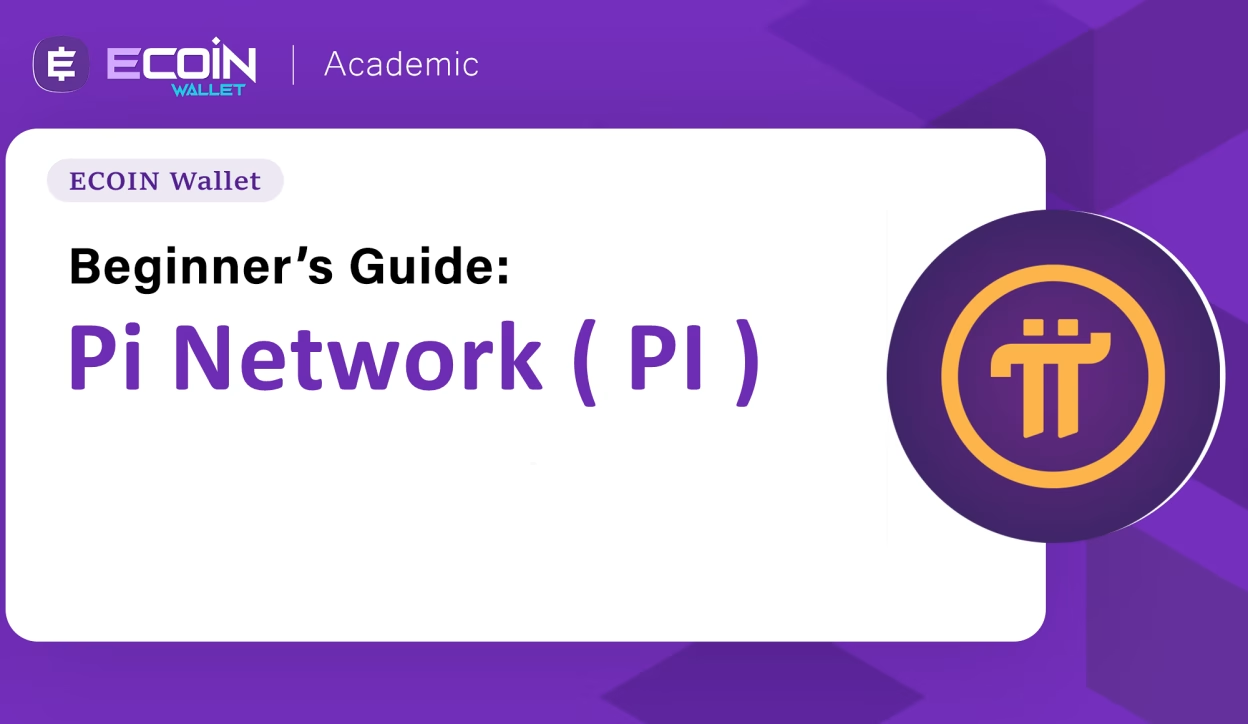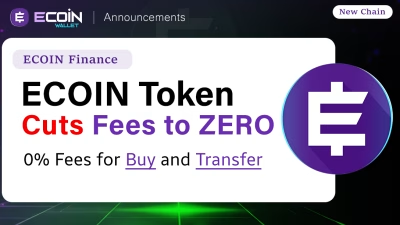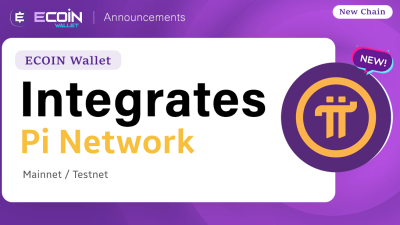Pi Network is a blockchain-based digital currency project designed to enable everyday users to mine cryptocurrency using their mobile devices. Launched by a team of Stanford graduates, including Dr. Nicolas Kokkalis and Dr. Chengdiao Fan, the project aims to create a decentralized and user-friendly financial ecosystem. Unlike traditional cryptocurrencies that require specialized hardware for mining, Pi Network allows users to earn Pi tokens through a mobile application without significant energy consumption.
Development and Milestones
Pi Network has undergone several developmental phases since its inception:
- Beta Launch (March 14, 2019) – The mobile application was released, allowing users to mine Pi coins by engaging daily with the app.
- Testnet Phase (March 2020) – A distributed test network was introduced to refine the blockchain and prepare for full decentralization.
- Mainnet Launch – Enclosed Phase (December 2021) – Users could migrate their mined Pi tokens to the blockchain, though transactions remained within a closed environment.
- Open Mainnet (February 20, 2025) – The blockchain became fully decentralized and open to external exchanges and networks, marking a significant milestone for the project.
Blockchain Details
Pi Network employs the Federated Byzantine Agreement (FBA) consensus mechanism, which is also utilized by networks like Stellar. This approach allows for energy-efficient mining, enabling users to mine Pi coins via their smartphones without significant battery drain or the need for high-end hardware. The network’s design emphasizes decentralization, security, and scalability, aiming to create a user-friendly and inclusive ecosystem.
Pi Coin Market Performance
Since its Open Mainnet launch, Pi Network’s native token, PI, has gained traction across multiple cryptocurrency exchanges. Upon its debut, PI was valued at $1.70, reaching an all-time high of $2.98 before stabilizing. The token has since experienced fluctuations, with prices currently ranging between $1.60 and $1.80 depending on market conditions.
Major exchanges such as OKX, BitMart, and Bitget have listed PI, contributing to its increasing liquidity and accessibility. Additionally, Pi Network plans to unlock 188 million PI tokens in March 2025, making them available to over 1.1 million users, which could significantly impact market dynamics.
User Roles within the Pi Network
The network categorizes its participants into four primary roles:
- Pioneers: Regular users who mine Pi daily by engaging with the app.
- Contributors: Users who enhance network security by forming security circles.
- Ambassadors: Individuals who refer new users and receive mining bonuses.
- Developers: Programmers building decentralized applications (DApps) within the Pi Network ecosystem.
Community and Ecosystem Growth
Pi Network’s success is largely driven by its active community, which has grown to over 50 million engaged users worldwide. The ecosystem includes various decentralized applications (DApps) and utilities built on the Pi blockchain, reinforcing its long-term value proposition. Developers continue to create tools, marketplaces, and payment solutions that integrate with Pi tokens, further enhancing the network’s usability.
Future Outlook
As Pi Network continues to evolve, several key developments are expected to shape its trajectory:
- Expansion to Additional Exchanges – The community is advocating for listings on major platforms such as Binance, which could drive higher adoption and market stability.
- Increased Merchant Adoption – Businesses accepting Pi as payment will solidify its role as a functional cryptocurrency.
- Smart Contract and DApp Integration – Enhanced blockchain capabilities could position Pi Network as a viable competitor in the decentralized finance (DeFi) space.
Conclusion
Pi Network represents a unique approach to cryptocurrency adoption by making mining accessible to everyday users. With its innovative blockchain technology, growing ecosystem, and increasing market presence, Pi Network is poised to become a significant player in the digital finance landscape. As the project continues to develop, its long-term success will depend on sustained user engagement, broader adoption, and integration into the global financial system.
Disclaimer: Content is for informational purposes and not investment advice. Web3 and crypto come with risk. Please do your own research with respect to interacting with any Web3 applications or crypto assets. View our terms of service.



